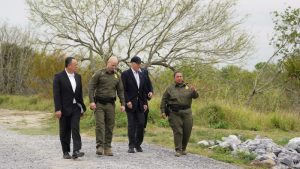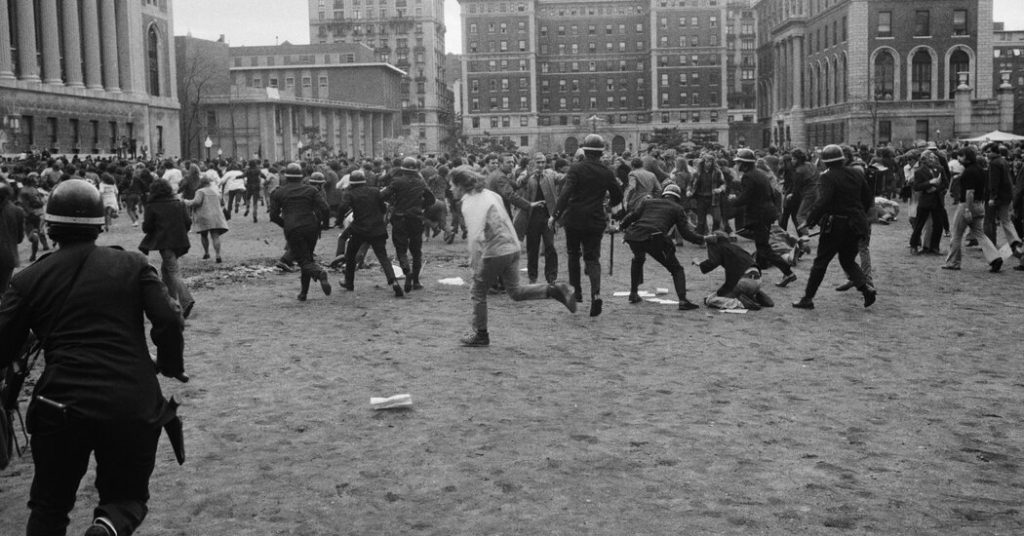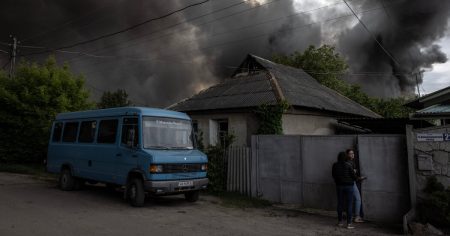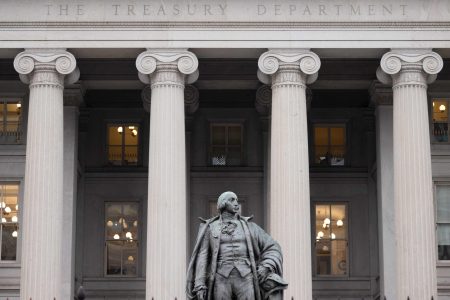In the 1960s, college student activism in the United States began to take shape with student-led protests against racism, particularly in the civil rights movement and the anti-Vietnam War protests. The template for student protest coalesced in this period, as Baby Boomers swelled college ranks and the country was grappling with issues of racism and war. The idea of the progressive college student as a force in public life emerged during this time, as students participated in sit-ins, Freedom Rides, and other protests aimed at achieving profound structural change. The 1960s saw a rise in campus activism, with students playing a vital role in fighting for civil rights and protesting against the Vietnam War.
The Free Speech movement at the University of California, Berkeley in 1964 was a pivotal moment in the history of student activism. After students protested free speech limitations on campus, the restrictions were abolished, ushering in a new era of freedom for American colleges. This newfound freedom helped give rise to the counterculture movement of the 1960s, though it ultimately fell apart due to its excesses. The Berkeley Free Speech Movement marked a shift in the relationship between universities and student activists, as students began to challenge paternalistic models of administration that governed speech, dress, and dating on campus.
The years between 1968 and 1973 were marked by widespread campus protests against the Vietnam War. The federal government drafted 2.2 million men into military service during this period, leading to a surge in anti-war sentiment on college campuses. The protests reached a climax in 1970 when President Nixon expanded the war effort into Cambodia, resulting in fatal shootings of students by authorities. Large-scale protests on and off campus pressured the Nixon administration to hasten U.S. withdrawal from Vietnam, with the last American combat troops leaving the country in January 1973. The anti-Vietnam War protests showcased the power of student activism in influencing national policies.
In the 1970s and 1980s, student-led movements calling for divestment from companies doing business in apartheid South Africa emerged on college campuses. The South Africa divestment movement, though only one factor in the fall of apartheid, inspired current demands for schools to divest from businesses connected to Israel. These demands are part of the broader Boycott, Divestment and Sanctions movement targeting Israel and its policies. Occupy Wall Street in 2011 also brought widespread protest to college campuses, with students participating in movements against corporate greed and income inequality.
More recently, college campuses have been the sites of protests against racial injustice and activism in support of the Palestinian struggle. The protests against Israel’s war in Gaza in 2021 have divided Americans, including liberals, on the issue of criticism of Israel and antisemitism. The current movement is likely to be the subject of future research into its origins, aims, and effects. Student activism continues to play a significant role in shaping public discourse and influencing policy decisions, echoing the tradition of student-led protests dating back to the 1960s.















